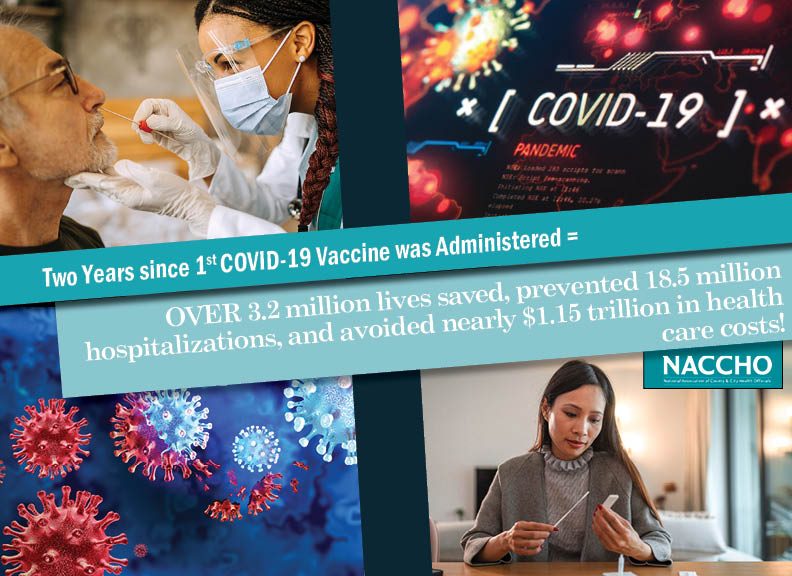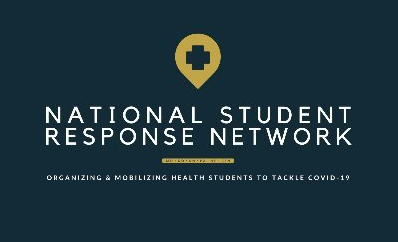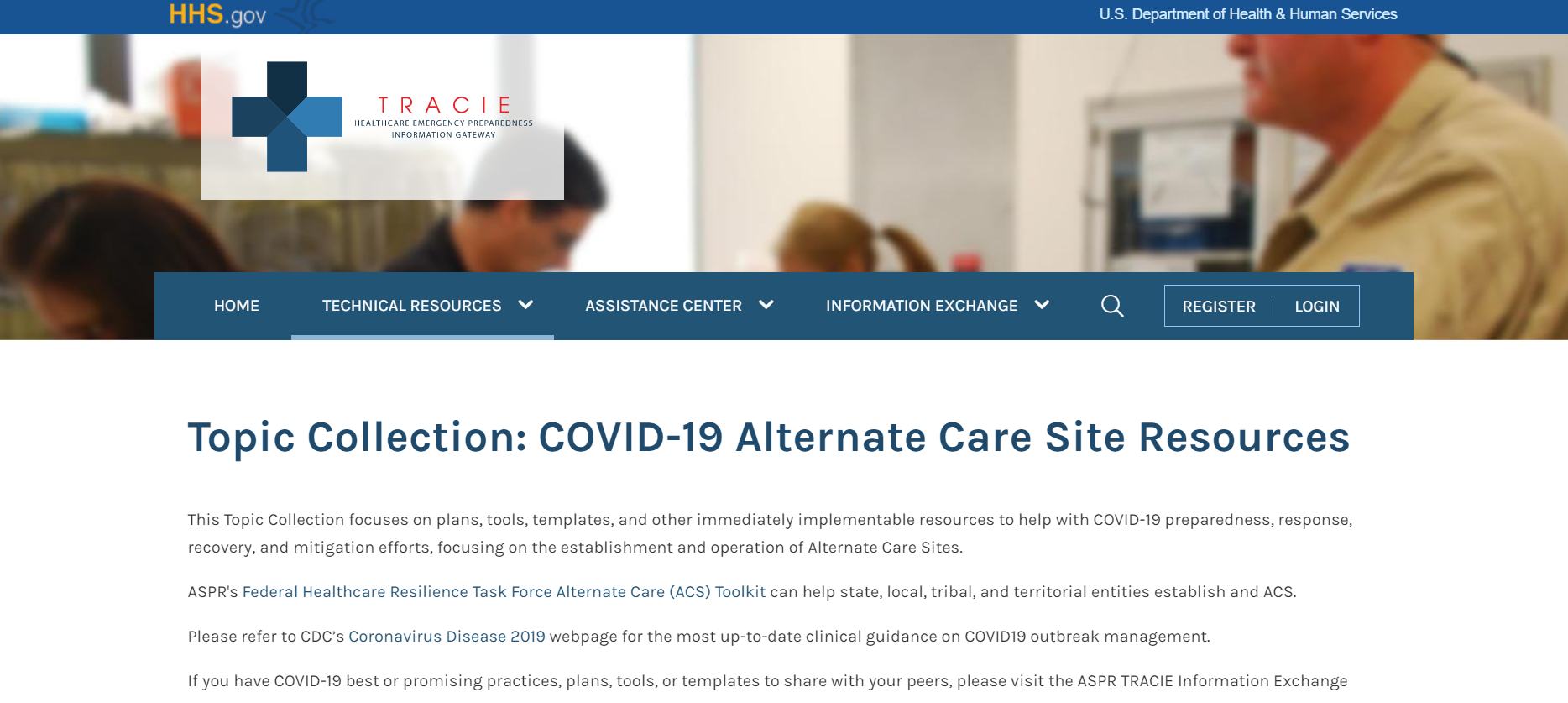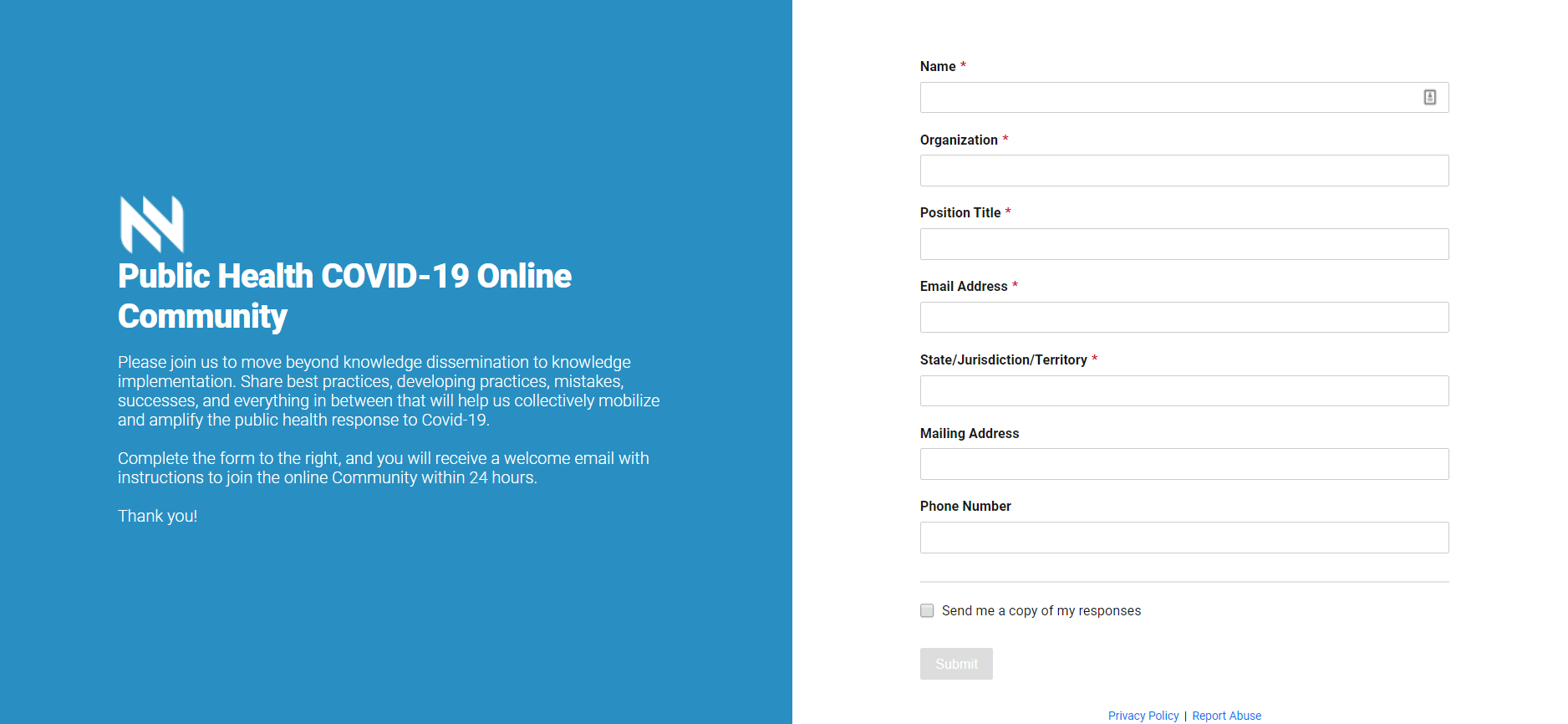Popular Categories
Enterovirus D68: What Local Health Departments Need to Know
Health officials are continuing to monitor an increase of non-polio enterovirus cases in the United States. According to the Centers...
Oct 08, 2014 | Guest Author
Climate Change and Human Health: Impacts, Vulnerability, and Public Health
Human health is directly affected by natural disasters such as hurricanes, earthquakes, flooding, and heat; it is also indirectly...
Oct 07, 2014 | Chris Mills
Detailed Hospital Checklist for Ebola Preparedness and Webinar
In light of the recent domestic case of confirmed Ebola in Texas, the Office of the Assistant Secretary for Preparedness and Response...
Oct 06, 2014 | Admin
CDC Confirms First Case of Ebola in Texas
On September 30, 2014 at 5:30 PM EDT, the Centers for Disease Control and Prevention (CDC) held a press conference with hospital and...
Oct 01, 2014 | Frances Bevington
Are Preparedness Funding Cuts Impacting the Capability of Local Health Departments...
“What if there was a case of Ebola in my community?” With the growing outbreak in West Africa, public health preparedness planners...
Sep 30, 2014 | Frances Bevington
Medical Countermeasures Workgroup September Report
On September 8, the Medical Countermeasures (MCM) Workgroup held its third monthly call of the project year. On the call,...
Sep 29, 2014 | Raymond Puerini
Smallpox Preparedness Planning: Understanding the Strategic National Stockpile and...
On September 8, a Congressional exercise explored the implications of anthrax and smallpox attacks on the Korean Peninsula and the...
Sep 24, 2014 | Lisa Brown
Top 10 Ebola Response Planning Tips: Ebola Readiness Self-Assessment for State and...
CDC has released its Top 10 Ebola Response Planning Tips: Ebola Readiness Self-Assessment for State and Local Public Health Officials...
Sep 17, 2014 | Admin
Improving Preparedness for Community-Dwelling Older Adult Populations
For some community-dwelling older adults, attempting to prepare for an emergency or disaster can come with barriers. For example,...
Sep 16, 2014 | Nicole Dunifon
Enterovirus D68: What Local Health Departments Need to KnowHealth officials are continuing to monitor an increase of non-polio enterovirus cases in the United States. According to the Centers for Disease Control and Prevention (CDC), enterovirus D68 (EV-D68) can cause mild to severe respiratory illness and is spread like the flu. States with laboratory-confirmed EV-D68 now extend from the West to East coasts. Local health […] Oct 08, 2014 | Guest Author |
Climate Change and Human Health: Impacts, Vulnerability, and Public HealthHuman health is directly affected by natural disasters such as hurricanes, earthquakes, flooding, and heat; it is also indirectly affected through increased transmission and geographic expansion of diseases spread by insects, compromised air, water, and food quality. For example, bacterial counts in the water surrounding coastal communities tend to spike dramatically following heavy rainfall. Not... Oct 07, 2014 | Chris Mills |
Detailed Hospital Checklist for Ebola Preparedness and WebinarIn light of the recent domestic case of confirmed Ebola in Texas, the Office of the Assistant Secretary for Preparedness and Response (ASPR) continues to encourage U.S. hospitals to prepare for managing patients with Ebola and other infectious diseases. To that end, ASPR and CDC held a webinar on September 29 entitled, “Ebola Preparedness for […] Oct 06, 2014 | Admin |
CDC Confirms First Case of Ebola in TexasOn September 30, 2014 at 5:30 PM EDT, the Centers for Disease Control and Prevention (CDC) held a press conference with hospital and public health representatives from Dallas, Texas to announce that test results had confirmed a case of Ebola in a traveler from Liberia. The patient was not ill during his flight to the […] Oct 01, 2014 | Frances Bevington |
Are Preparedness Funding Cuts Impacting the Capability of Local Health Departments to Respond to Global Health Security Threats?“What if there was a case of Ebola in my community?” With the growing outbreak in West Africa, public health preparedness planners across the country are mulling this question as concern grows over the threat posed by Ebola to global health security. This question is inevitably followed up with, “Are we ready?” Sep 30, 2014 | Frances Bevington |
Medical Countermeasures Workgroup September ReportOn September 8, the Medical Countermeasures (MCM) Workgroup held its third monthly call of the project year. On the call, representatives from the Centers for Disease Control and Prevention (CDC) announced the MCM Link Project which is a new engagement strategy to connect with state and local health departments to provide the most up-to-date information, […] Sep 29, 2014 | Raymond Puerini |
Smallpox Preparedness Planning: Understanding the Strategic National Stockpile and Potential WeaponizationOn September 8, a Congressional exercise explored the implications of anthrax and smallpox attacks on the Korean Peninsula and the potential impact these attacks would have on Americans at home and abroad. This Congressional exercise allowed policymakers to learn and assess the types of decisions that would need to take place in the event of […] Sep 24, 2014 | Lisa Brown |
Top 10 Ebola Response Planning Tips: Ebola Readiness Self-Assessment for State and Local Public Health OfficialsCDC has released its Top 10 Ebola Response Planning Tips: Ebola Readiness Self-Assessment for State and Local Public Health Officials available at: http://www.cdc.gov/vhf/ebola/outbreaks/preparedness/planning-tips-top10.html. The document is designed to guide health departments’ planning efforts, to help assess readiness, and to identify resources to address any gaps. It links together the... Sep 17, 2014 | Admin |
Improving Preparedness for Community-Dwelling Older Adult PopulationsFor some community-dwelling older adults, attempting to prepare for an emergency or disaster can come with barriers. For example, characteristics of older adults such as impaired mobility, weakened sensory awareness, multiple chronic diseases, and social and economic limitations can put them at greater risk of illness or death during an emergency. The events from Hurricane […] Sep 16, 2014 | Nicole Dunifon |
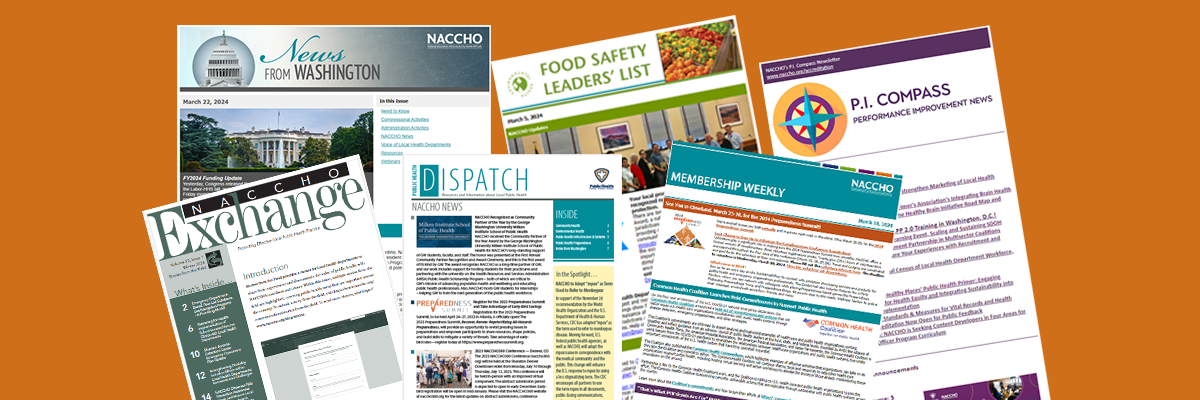
Subscribe Today
Sign Up for the E-mail Digests
Create an account or login to MyNACCHO and go to "My Subscriptions."
SUBSCRIBE NOW